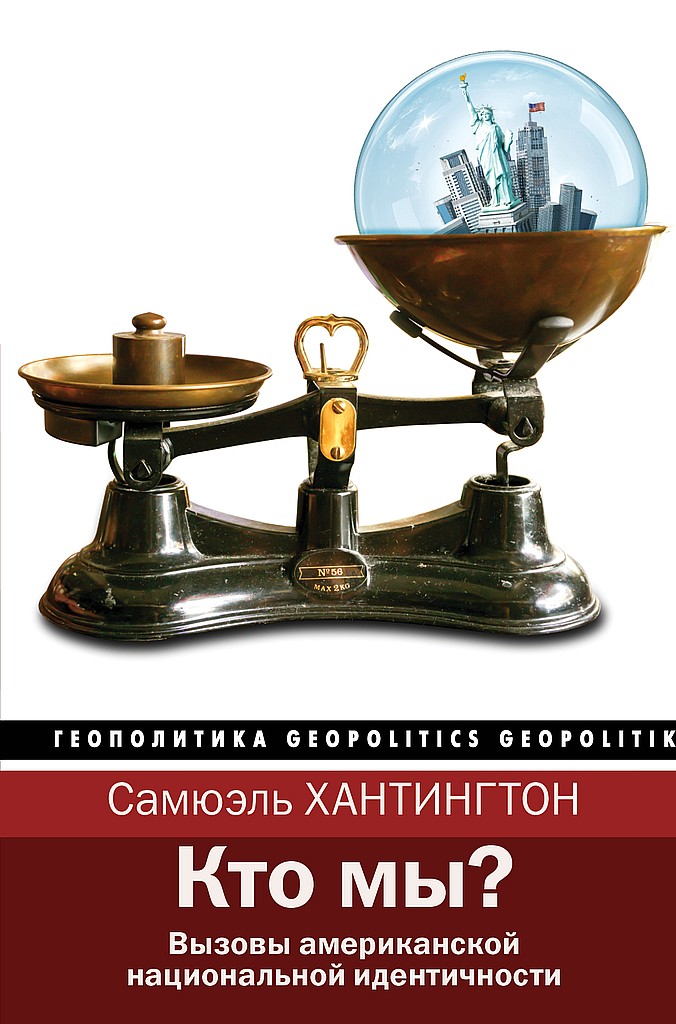Work in America?»
Freedom Review, 28 (Fall 1997), p. 48–49.
{368} Barry Edmonston and Jeffrey S. Passel, «Ethnic Demography: U. S. Immigration and Ethnic Variations», in Edmonston and Passell, eds., Immigration and Ethnicity: The Integration of America’s Newest Arrivals (Washington: Urban Institute Press, 1994), p. 8.
{369} The Economist, 20 May 1995, p. 29; New York Times, 3 June 1995, p. B2; Immigration and Naturalization Service study, reported in New York Times, 8 February 1997, p. 9; INS study, reported in Boston Globe, 1 February 2003, p. A8; Census Bureau figure reported in Washington Post, 25 October 2001, p. A 24.
{370} Michael Fix and Wendy Zimmermann, «After Arrival: An Overview of Federal Immigrant Policy in the United States», in Edmonston and Passel, eds., Immigration and Ethnicity, p. 257–58; Frank D. Bean et al., «Educational and Sociodemographic Incorporation Among Hispanic Immigrants to the United States», in Edmonston and Passell, eds., Immigration and Ethnicity, p. 80–82; George J. Borjas, Heaven’s Door: Immigration Policy and the American Economy (Princeton: Princeton University Press, 1999), p. 118; «U. S. Survey», The Economist, 11 March 2000, p. 12; New York Times, 1 February 2000, p. A12; The Economist, 18 May 1996, p. 29.
{371} Frank D. Bean, Jorge Chapa, Ruth R. Berg, and Kathryn A. Sowards, «Educational and Sociodemographic Incorporation Among Hispanic Immigrants to the United States», in Edmonston and Passel, eds., Immigration and Ethnicity, p. 80–82; «US Survey», The Economist, p. 12; James Sterngold, «A Citizenship Incubator for Immigrant Latinos», New York Times, 1 February 2000, p. A12; «Where Salsa Meets Burger», The Economist, 18 May 1996, p. 29.
{372} «US Survey», The Economist, p. 15, citing Los Angeles Times; Abraham F. Lowenthal and Katrina Burgess, eds., The California-Mexico Connection (Stanford: Stanford University Press, 1993), p. 256; New York Times, 17 February 2003, p. A13.
{373} Kennedy, «Can We Still Afford to Be a Nation of Immigrants?» p. 68.
{374} Summary of Mexican report in David Simcox, Backgrounder: Another 50 Years of Mass Mexican Immigration (Washington, D. C.: Center for Immigration Studies, March 2002).
{375} Myron Weiner, The Global Migration Crisis: Challenge to States and to Human Rights (New York: HarperCollins, 1995), p. 21ff.; David M. Heer, Immigration in America’s Future: Social Science Findings and the Policy Debate (Boulder: Westview Press, 1996), p. 147.
{376} Edmonston and Passel, «Ethnic Demography», p. 21; Mark Falcoff, Beyond Bilingualism (Washington, D. C.: American Enterprise Institute, On the Issues Release, August 1996), p. 4.
{377} Peter Skerry, Mexican Americans: The Ambivalent Minority (Cambridge: Harvard University Press, 1993), p. 289 also p. 21–22.
{378} Terrence W. Haverluk, «Hispanic Community Types and Assimilation in Mex-America», Professional Geographer, 50 (November 1998), p. 465–71.
{379} Stephen Steinberg, The Ethnic Myth: Race, Ethnicity, and Class in America (New York: Atheneum, 1981), p. 45–46.
{380} Tech Paper 29, Table 5. Language Spoken at Home for the Foreign-Born Population 5 Years and Over: 1980 and 1990, U. S. Bureau of the Census, 9 March 1999; We the American Foreign Born, U. S. Bureau of the Census, September 1993, p. 6; Census Bureau figures reported in The Herald (Miami), 6 August 2002, p. 4A.
{381} Heer, Immigration in America’s Future, p. 197–98.
{382} Skerry, Mexican Americans: The Ambivalent Minority, p. 286, 289.
{383} Washington Post Weekly Edition 1–14 July 02, p. 13.
{384} Census Bureau, We the American Foreign Born, p. 6.
{385} U. S. Census Bureau, Profile of the Foreign-Born Population of the United States 2000 (Washington: Government Printing Office, 2001), p. 37; Bean et al., «Educational and Sociodemographic Incorporation» p. 79, 81, 83, 93; Lindsay Lowell and Roberto Suro, The Improving Educational Profile of Latino Immigrants (Washington: Pew Hispanic Center, 4 December 2002), p. 1.
{386} James p. Smith, «Assimilation across the Latino Generations», American Economic Review, 93 (May 2003), p. 315–19. Я очень благодарен Джеймсу Перри за помощь в анализе данных Смита.
{387} Washington Post Weekly Edition, 10 August 1998, p. 33; Bean et al., «Educational and Sociodemographic Incorporation», p. 94–95. American Council on Education, Minorities in Higher Education 19th annual report, 1999–2000, reported in Boston Globe, 23 Sept 02, p. A3; William H. Frey, «Chanticle», Milken Institute Review, (3rd quarter, 2002), p. 7.
{388} Census Bureau, We the American Foreign Born, p. 7.
{389} M. Patricia Fernandez Kelly and Richard Schauffler, «Divided Fates: Immigrant Children and the New Assimilation», in Alejandro Portes, ed., The New Second Generation (New York: The Russell Sage Foundation, 1996), p. 48.
{390} Robert W. Fairlie and Bruce D. Meyer, «Ethnic and Racial Self-Employment Differences and Possible Explanations», Journal of Human Resources, 31 (September 1996), p. 772–3, citing 1990 census data.
{391} U. S. Census Bureau, Current Population Survey, March 1998; Steven A. Camarota, Immigrants in the United States — 1998: A Snapshot of America’s Foreign-born Population, (Washington, D. C.: Center for Immigration Studies), p. 6, 9. Two smaller immigrant groups had poverty rates above the Mexicans: Dominicans, 38 percent, and Haitians, 34 percent.
{392} Borjas, Heaven’s Door, p. 110–111; Steven A. Camarota, Immigration from Mexico: Assessing the Impact on the United States (Washington: Center for Immigration Studies, July 2001), p. 55; Steven A. Camarota, Back Where We Started: An Examination of Trends in Immigrant Welfare Use Since Welfare Reform (Washington: Center for Immigration Studies, March 2003), p. 13.
{393} Steinberg, The Ethnic Myth, p. 272–3.
{394} Joel Perlmann and Roger Waldinger, «Are the Children of Today’s Immigrants Making It?» The Public Interest, 132 (Summer 1998), p. 96.
{395} Smith, «Assimilation across the Latino Generations», p. 317.
{396} Rodolfo O. de la Garza, Angelo Falcon, F. Chris Garcia, and John Garcia, «Mexican Immigrants, Mexican Americans, and American Political Culture», in Edmonston and Passel, eds., Immigration and Ethnicity p. 232–35.
{397} Leon Bouvier, Embracing America: A Look at Which Immigrants Become Citizens, (Washington, D. C.: Center for Immigration Studies Center Paper 11), p. 14, Table 4.3.
{398} Ibid., p. 32–33,



